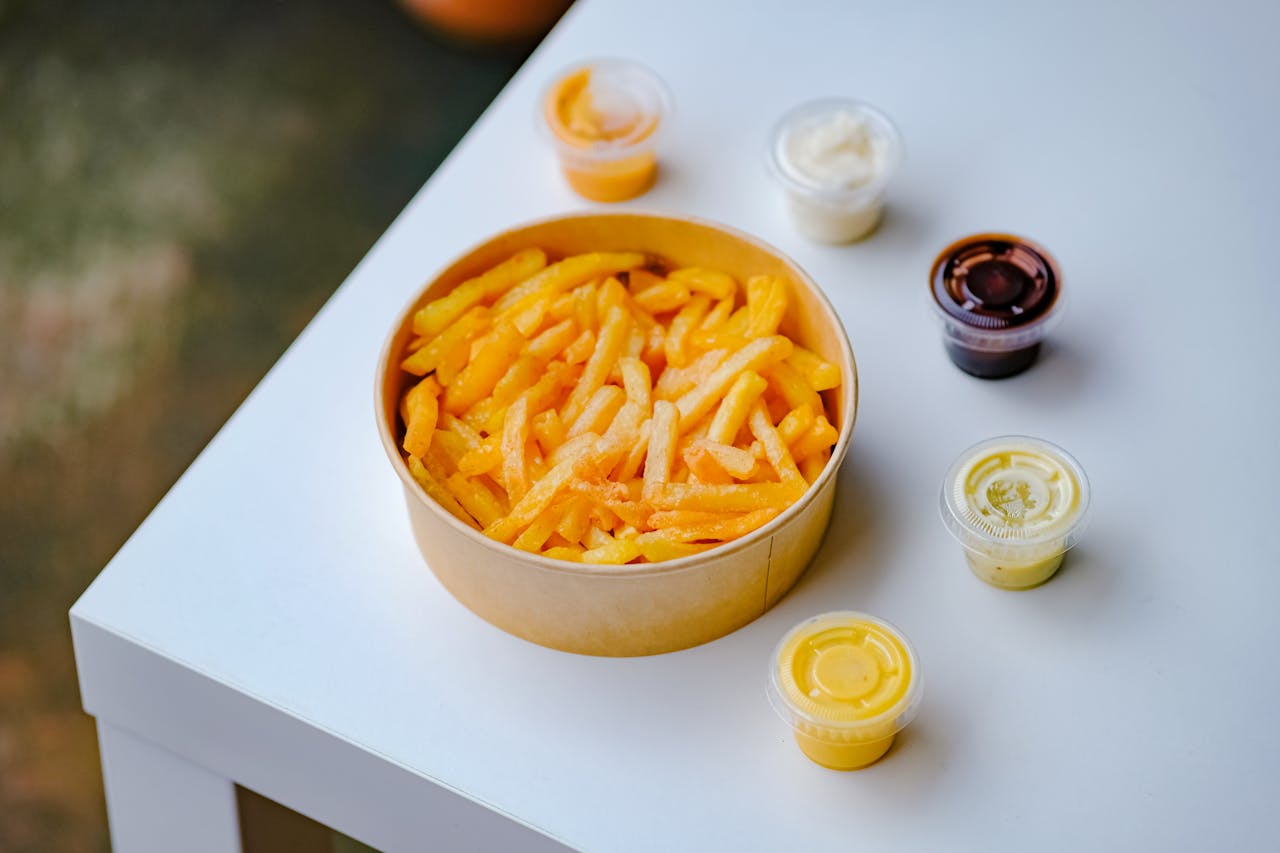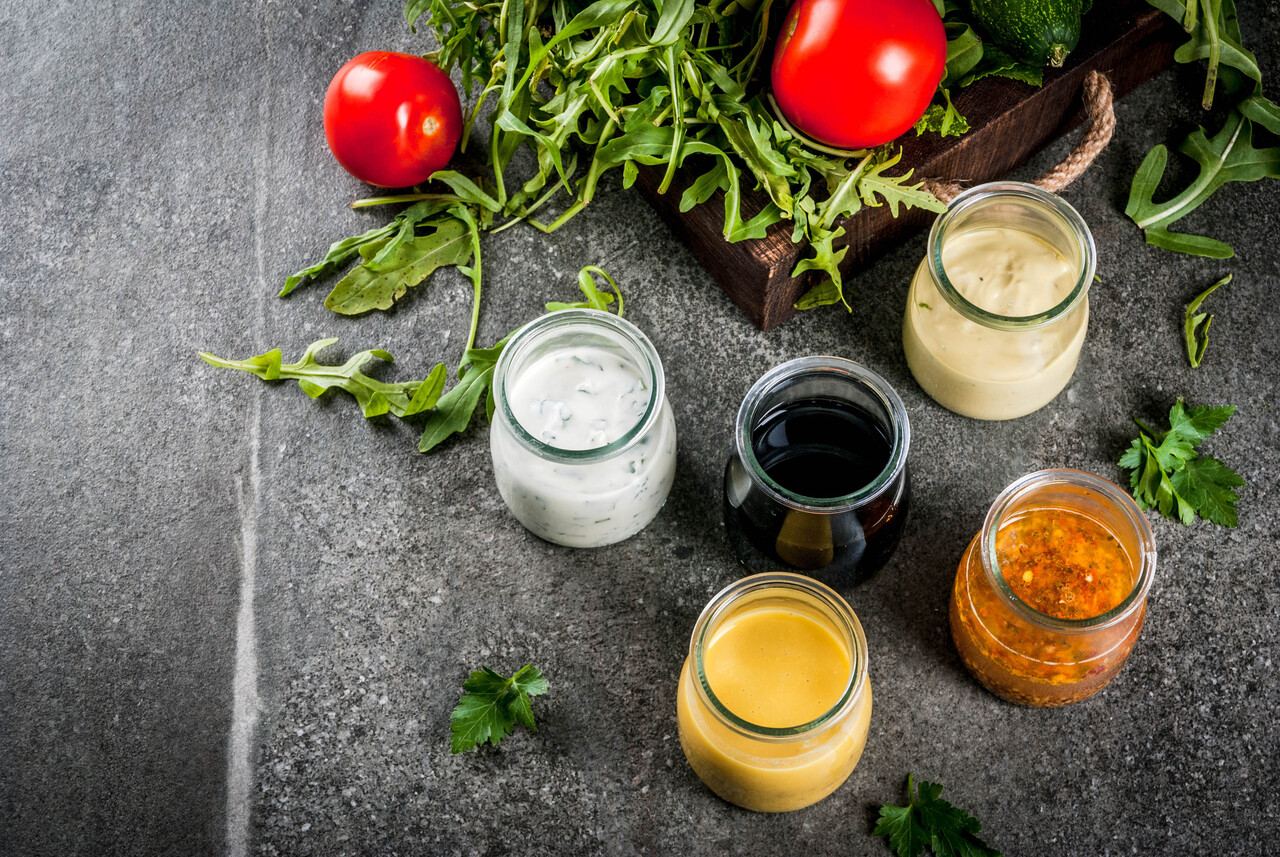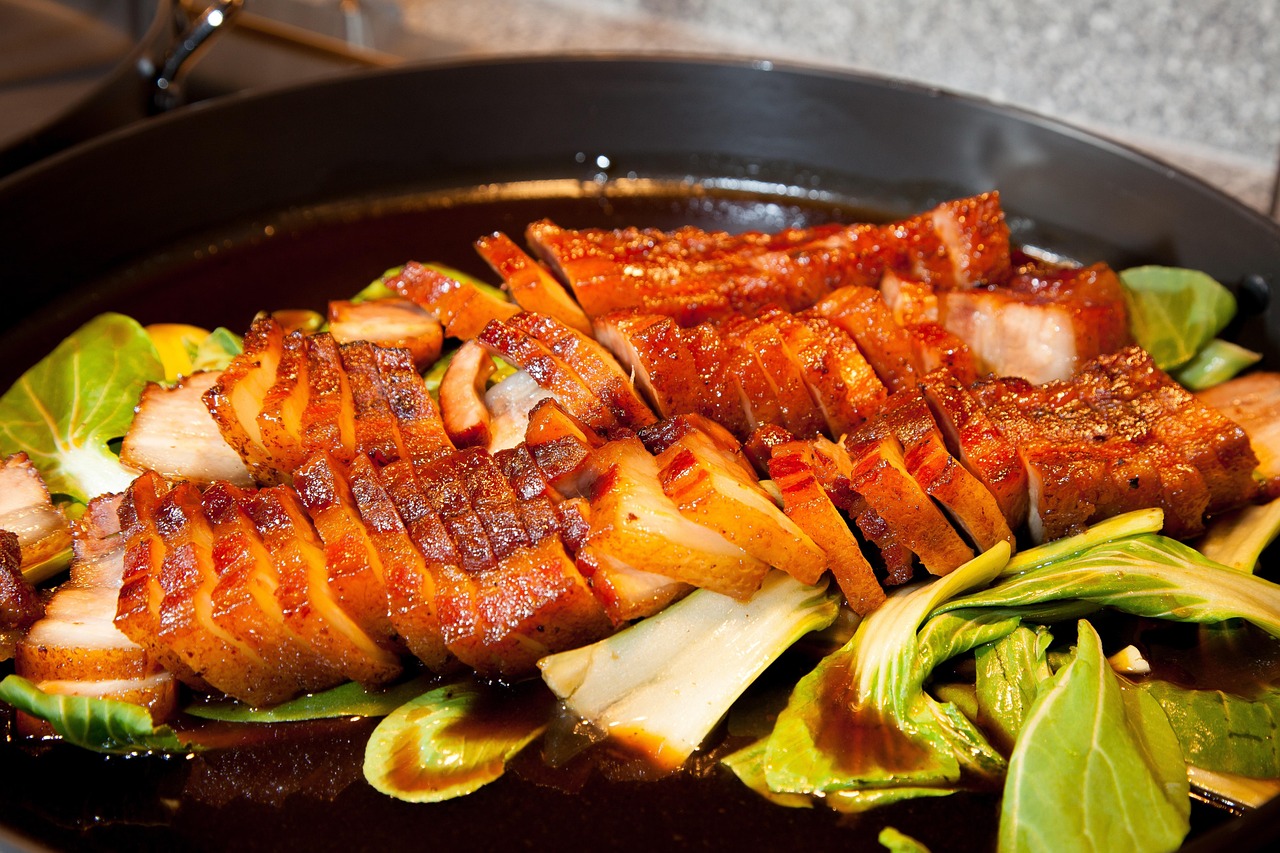9 Scone Styles to Try for a Sweeter Afternoon Tea
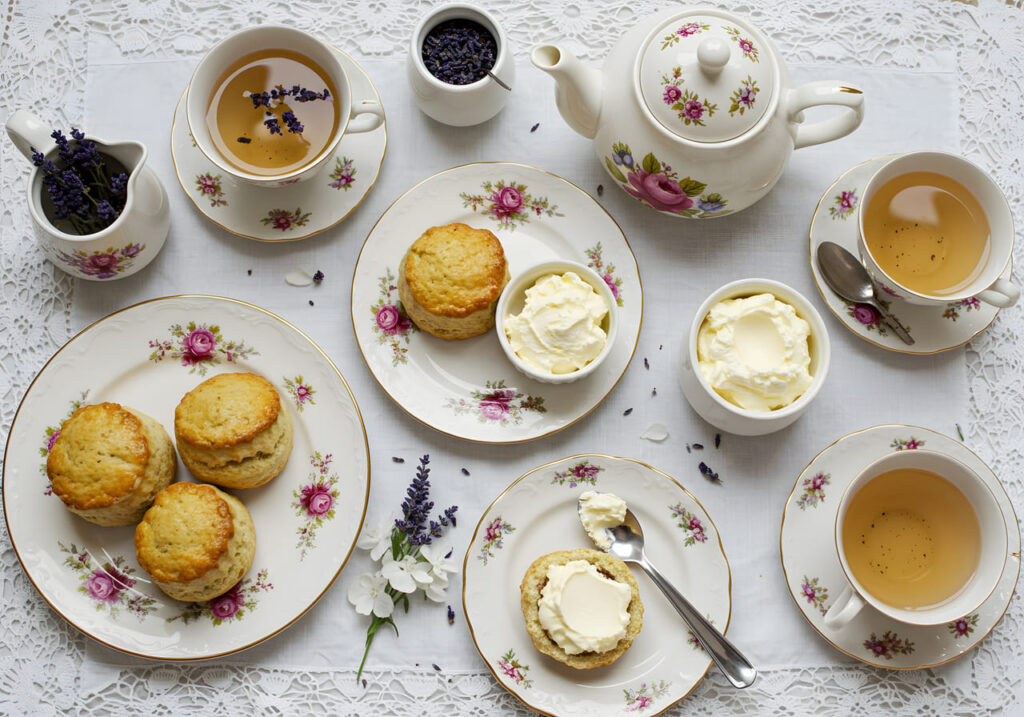
A good scone can make or break your afternoon tea. They’re buttery, tender, and just sweet enough to pair with jam or cream. But there’s more to scones than the plain kind you find in tea rooms. From fruit-filled classics to savory herb versions and creative global takes, every style has its own charm. Whether you prefer something traditional or like experimenting with flavor, here are nine scone styles worth baking or seeking out for your next tea break.
1. Classic British Scones
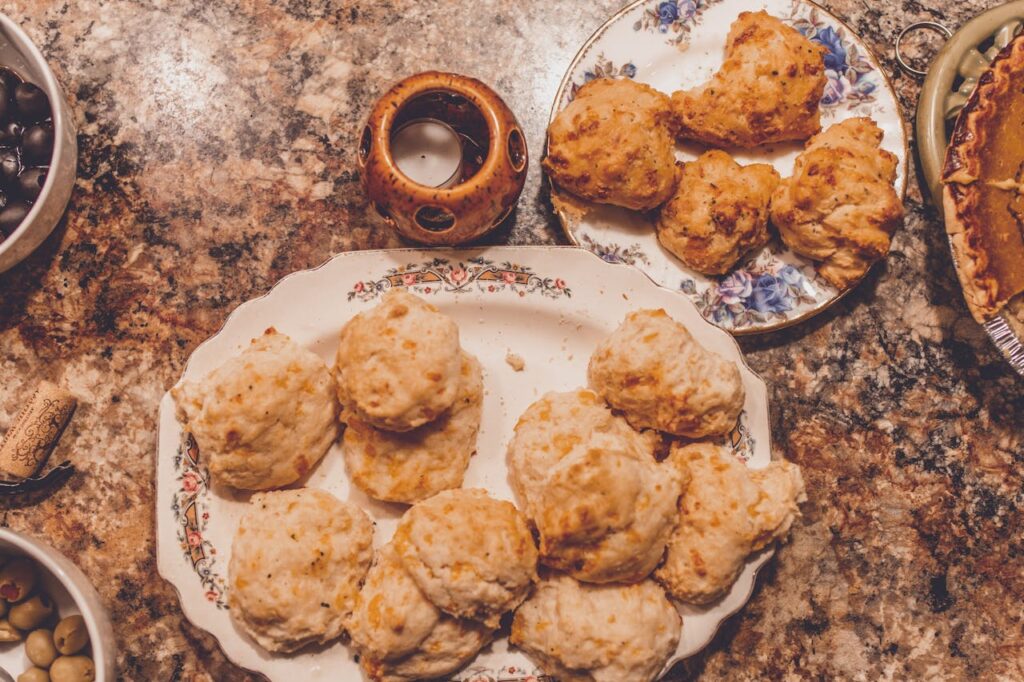
The traditional British scone is where it all began. Light, fluffy, and slightly crumbly, it’s the foundation for the timeless cream tea. You usually serve it split in half with clotted cream and strawberry jam, though some prefer raspberry. The key is to avoid overmixing the dough-gentle handling keeps it tender. They’re typically round, not triangular, and baked until just golden. Enjoyed across England, these scones rely on simplicity: quality butter, cold milk, and a touch of sugar. It’s the perfect companion to black tea, especially Earl Grey or Darjeeling.
2. American-Style Scones
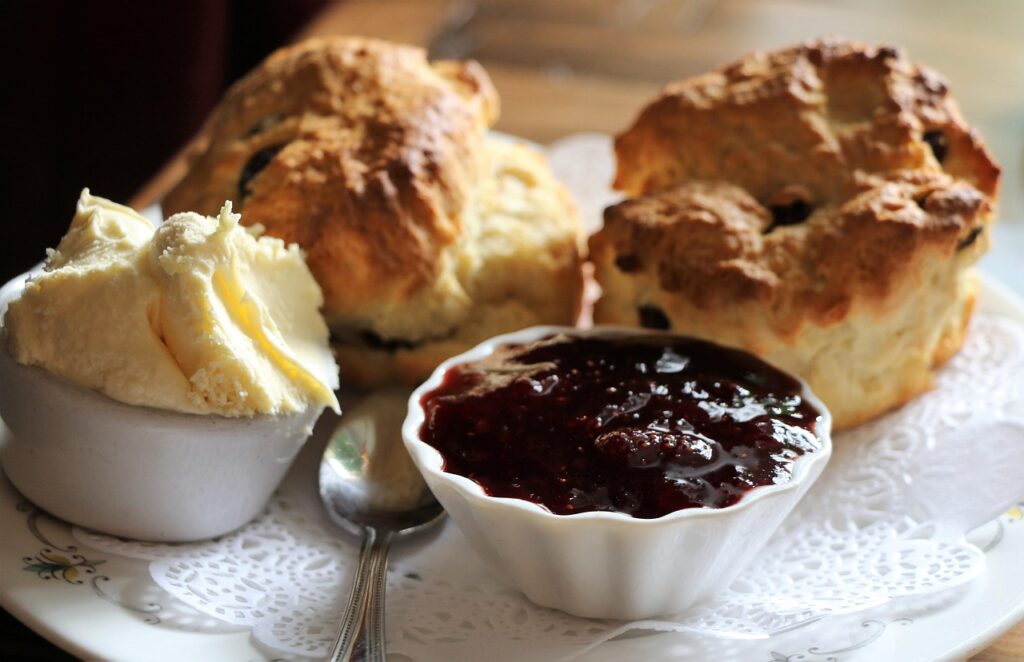
In the U.S., scones tend to be richer and sweeter than their British counterparts. They often come in triangular wedges, packed with ingredients like blueberries, chocolate chips, or nuts. A drizzle of glaze or coarse sugar on top adds a bakery-style finish. The dough includes more butter and sometimes cream, giving it a dense, crumbly texture. American scones lean dessert-like, ideal for pairing with coffee or iced tea. They’re less about tradition and more about indulgence, perfect when you want something substantial yet comforting for a mid-afternoon pick-me-up.
3. Fruit-Filled Scones

Fruit-filled scones bring a burst of natural sweetness and texture. Common mix-ins include raisins, currants, cranberries, or fresh berries folded gently into the dough. These scones stay moist inside and develop a lightly crisp crust as they bake. When served warm, the fruit softens, releasing a subtle flavor that complements butter or cream. Lemon zest or orange peel can add a bright note without overpowering the fruit. You can find these versions in bakeries across the U.K. and the U.S., especially during spring and summer tea services.
4. Savory Cheese Scones
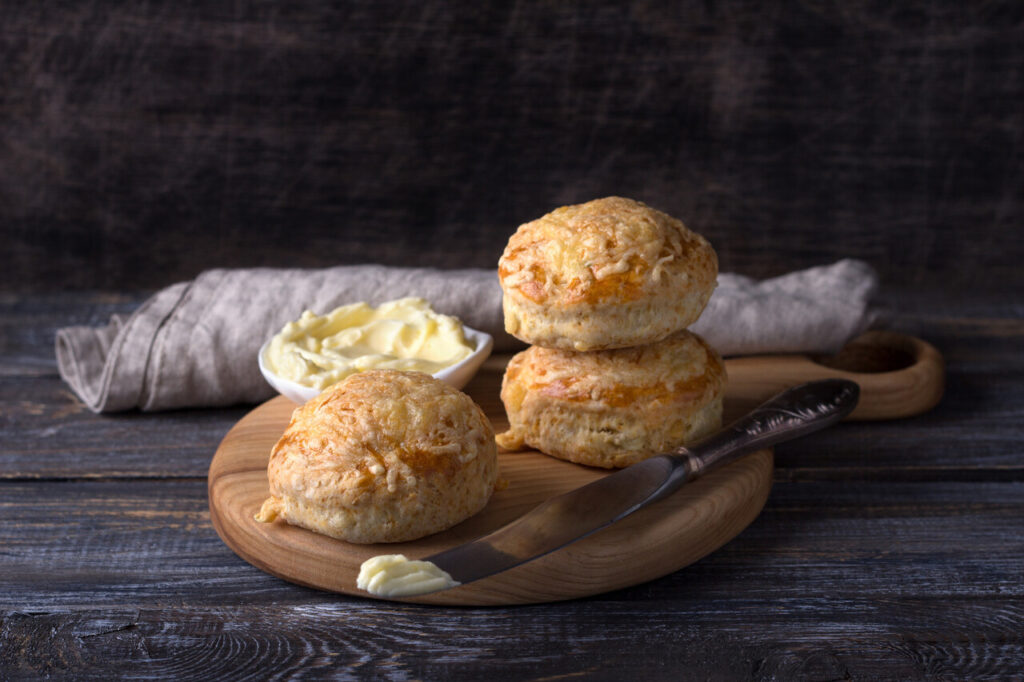
Not every scone needs to be sweet. Cheese scones prove that perfectly. They’re a staple in many British cafés, often made with sharp cheddar or gruyère for a salty, buttery bite. A hint of mustard powder or herbs like chives or thyme deepens the flavor. These scones pair beautifully with soups, salads, or soft cheeses instead of jam. The texture stays flaky but slightly denser than sweet varieties, making them hearty enough for a light lunch. Freshly baked and served warm, cheese scones strike a balance between comfort and sophistication.
5. Lemon and Poppy Seed Scones
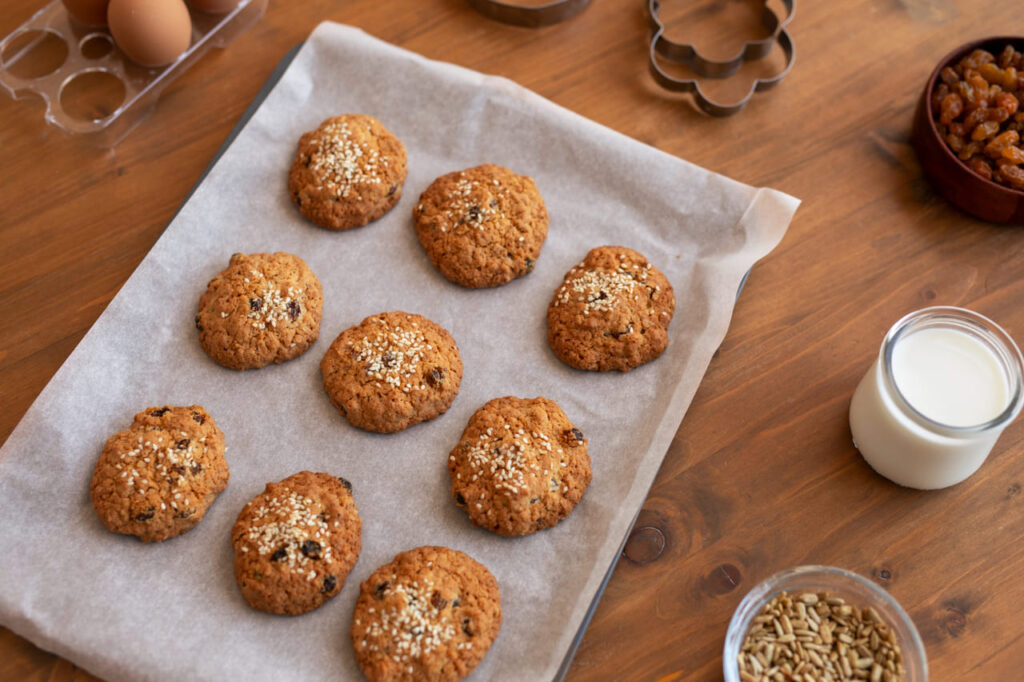
Lemon and poppy seed scones add a fresh, citrus-forward twist to afternoon tea. The bright acidity of lemon cuts through the buttery dough, while the poppy seeds bring a pleasant crunch. A simple glaze made from lemon juice and powdered sugar enhances both flavor and appearance. These scones work especially well for spring or summer gatherings, offering a lighter feel than heavier fruit or chocolate varieties. Pair them with herbal tea or chamomile for a clean, refreshing combination that balances sweetness and tang in every bite.
6. Oat and Honey Scones
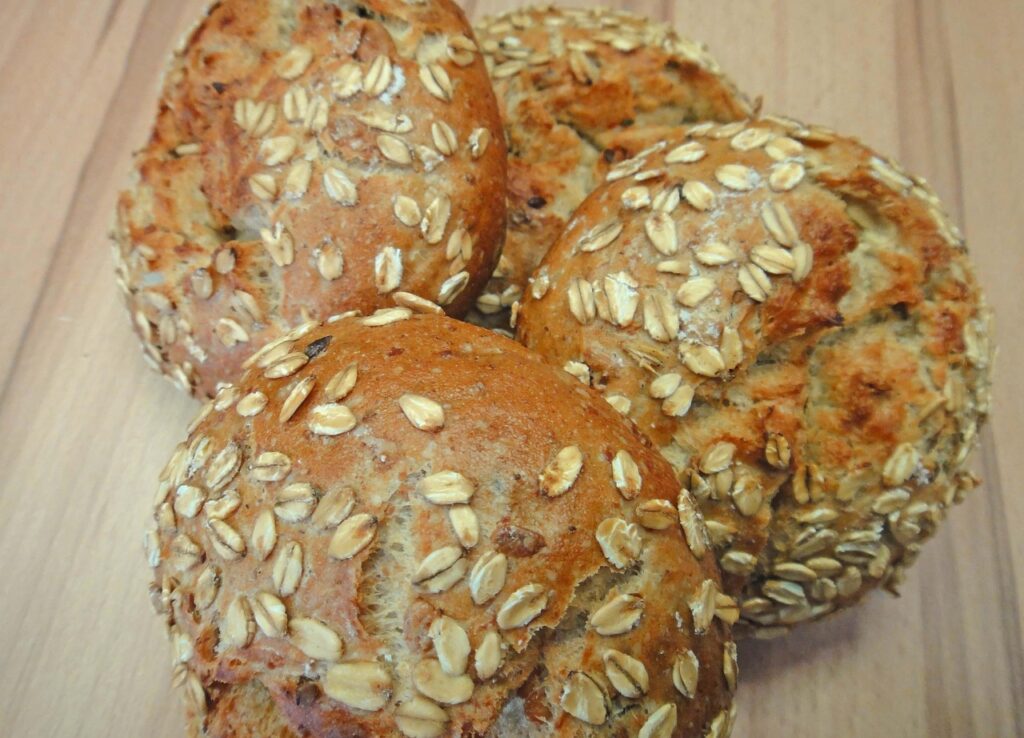
If you like a rustic, wholesome feel, oat and honey scones deliver it. Rolled oats give them a heartier texture, while honey adds gentle sweetness and moisture. The result is a scone that’s both filling and fragrant, with a subtle golden hue. They’re a good match for cream cheese or butter rather than fruit spreads, though a drizzle of extra honey doesn’t hurt. Ideal for breakfast or brunch, these scones highlight simple ingredients and natural flavor, showing how comforting homemade baking can be without added sugar overload.
7. Chocolate Chip Scones
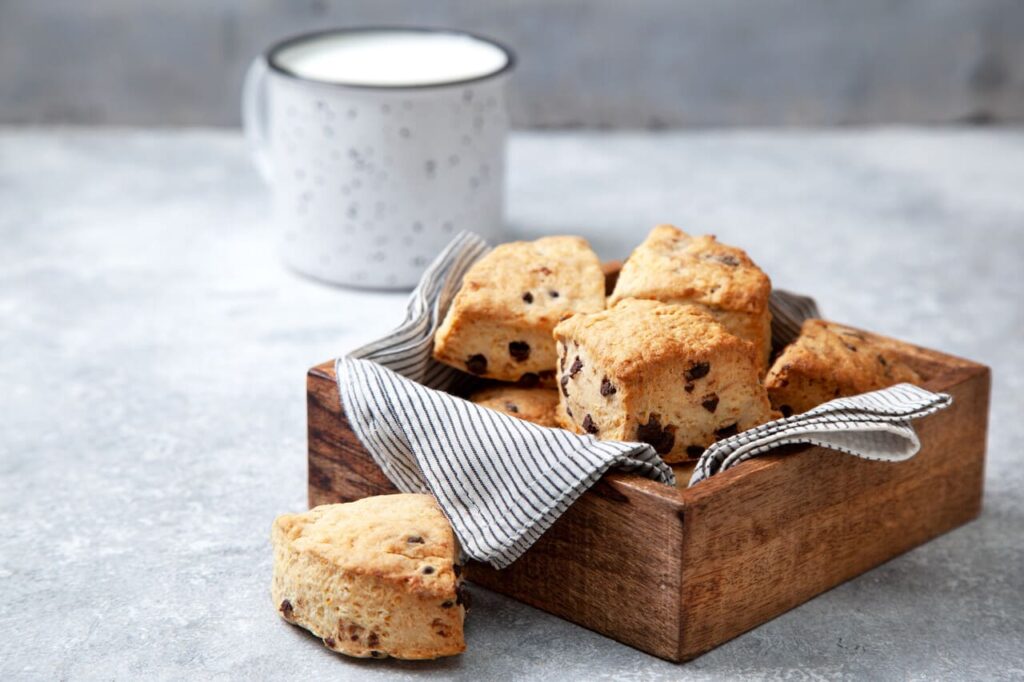
Chocolate chip scones satisfy both a pastry and dessert craving. Semi-sweet or dark chocolate chunks melt into the crumb, creating pockets of richness. These scones often include vanilla or a touch of espresso powder to deepen flavor. Their slightly crisp exterior gives way to a soft, buttery center, making them a hit for chocolate lovers. They pair well with black coffee or strong tea to balance the sweetness. You can even serve them slightly warm so the chocolate turns gooey and melts just enough for extra indulgence.
8. Maple Pecan Scones
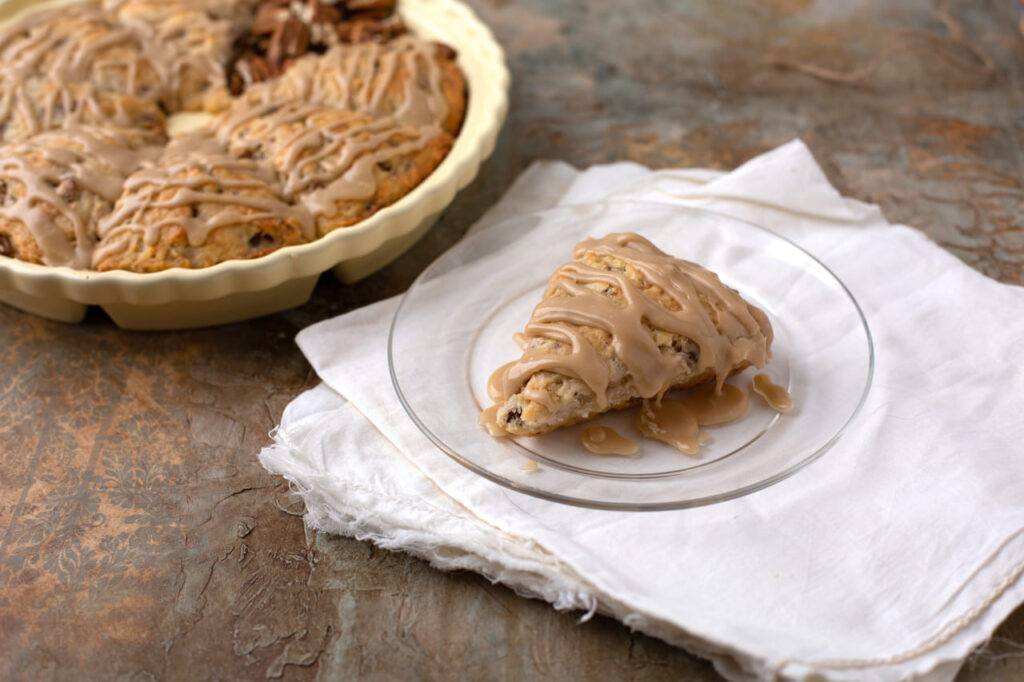
Maple pecan scones bring a cozy, autumn-inspired flavor to the table. The nuttiness of toasted pecans and the caramel tones of maple syrup create a comforting mix that feels seasonal but timeless. These scones are usually glazed with maple icing for extra depth. Texture-wise, they strike a balance between crumbly and tender, with pecans adding a pleasant crunch. They’re great for cooler months or anytime you want a nostalgic flavor reminiscent of pancakes or pecan pie. A cup of strong English breakfast tea makes a perfect partner.
9. Vegan or Dairy-Free Scones
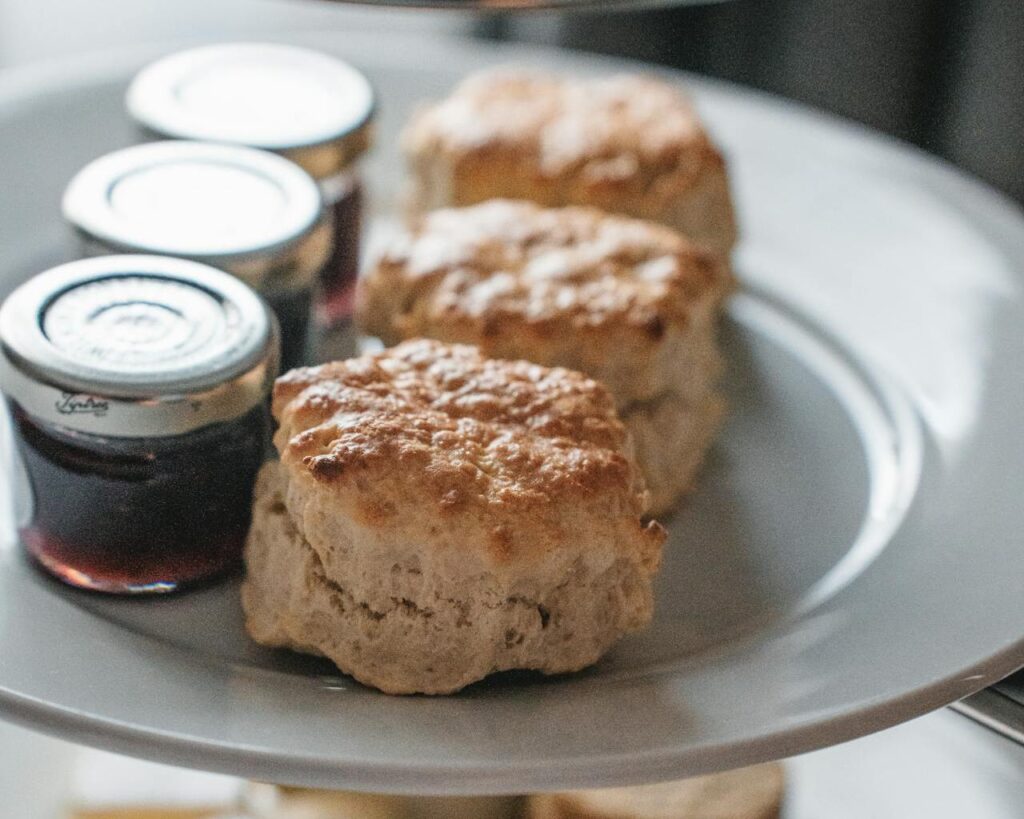
You don’t need butter or cream to make a good scone. Modern vegan and dairy-free recipes swap in coconut oil, oat milk, or vegan butter without losing the tender texture or golden crust. Additions like coconut flakes, blueberries, or lemon zest can make them stand out even more. These scones show how adaptable the recipe can be for different diets without compromising taste. They’re ideal for inclusive tea gatherings, where everyone can enjoy the ritual of a warm, fresh scone fresh from the oven.


